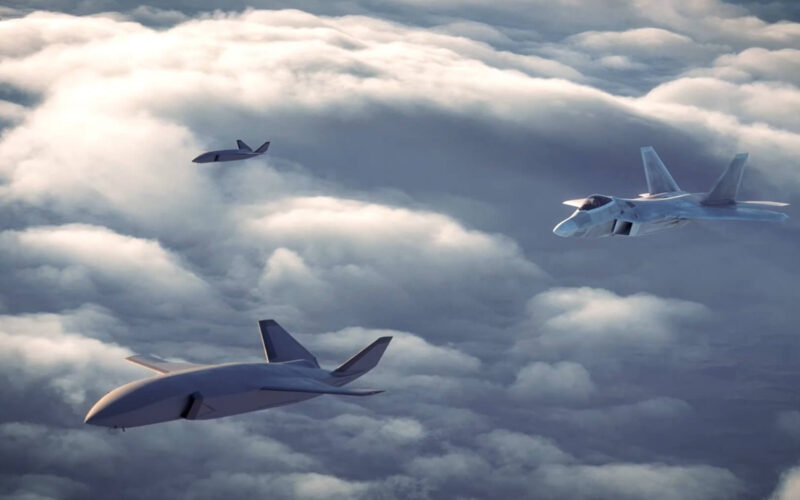The Royal Air Force (RAAF) and Boeing completed the first high-speed taxi test of the Loyal Wingman, the unmanned combat aircraft developed to perform autonomous missions using artificial intelligence.
On December 21, 2020, Boeing announced the accomplishment of the first high-speed taxi test of the Loyal Wingman while preparing for the first flight. To verify the un-crewed aircraft functionality, the Boeing team monitored the performance from the ground control station while the plane has been undergoing low, medium, and high-speed taxi testing at a remote test location in Australia.
“There is something very special about testing an aircraft that takes technology to the next level. It is iconic in its own way. Experiencing the enthusiasm of the Boeing and Air Force team reminded me of my early career testing aircraft,” said Cath Roberts, the Head of Air Force Capability Air Vice-Marshal of RAAF in the statement.
The manufacturer expected that the 11.7-meter-long (38 feet) unmanned aerial vehicle would be capable of providing fighter-like performance. As the Loyal Wingman uses artificial intelligence, it would be able to fly both autonomously as well as in support of other manned or unmanned aircraft. Boeing pointed out that the range of the combat aircraft would reach over 3,700 kilometers (2,000 nautical miles).
The aircraft already completed the autonomous taxi testing in October 2020, when it reached the maximum speed of 26 km/h (16 miles per hour). The first of three prototypes of the Australian Loyal Wingman Advanced Development Program was presented by Boeing to the Royal Australian Air Force back in May 2020. The Airpower Teaming System (ATS) had been spotted on a runway for the first time at an undisclosed location in late August 2020.
The RAAF plans to complete the final taxi testing before the first flight in early 2021.

